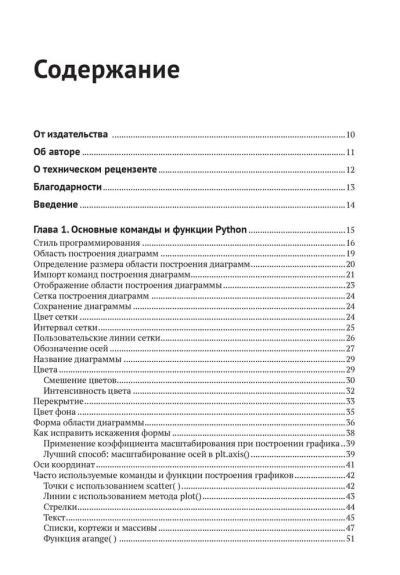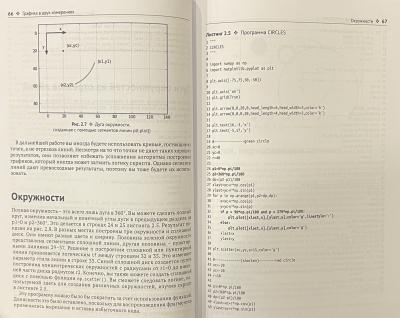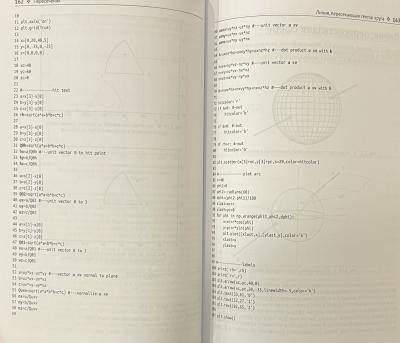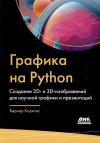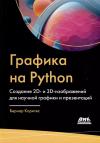Graphics in Python. Create 2D and 3D images for scientific graphics and presentations
39.99 €
Out of stock
This book shows you how to use Python's built-in graphics primitives—dots, lines, and arrows—to create complex graphics, visualize 2D and 3D objects, display data, and illustrate technical illustrations.
After completing this book, you will be able to:
- Create 2D and 3D images;
- Add text and symbols to them;
- Shade 3D objects;
- Create shadows cast by them;
- Use color to maximum effect;
- Represent 2D and 3D data sets;
- Fit lines and curves to data sets.
You will be shown how to visualize electron clouds (the probability density of electrons around a nucleus), represent climate change, ecological diversity, population dynamics, and demonstrate resource management.
After completing this book, you will be able to create attractive graphics without being limited by the functions available in existing Python libraries.
Python source code is included in all applications, making the material more accessible to beginning programmers.
After completing this book, you will be able to:
- Create 2D and 3D images;
- Add text and symbols to them;
- Shade 3D objects;
- Create shadows cast by them;
- Use color to maximum effect;
- Represent 2D and 3D data sets;
- Fit lines and curves to data sets.
You will be shown how to visualize electron clouds (the probability density of electrons around a nucleus), represent climate change, ecological diversity, population dynamics, and demonstrate resource management.
After completing this book, you will be able to create attractive graphics without being limited by the functions available in existing Python libraries.
Python source code is included in all applications, making the material more accessible to beginning programmers.
See also:
- All books by the publisher
- All books by the author



